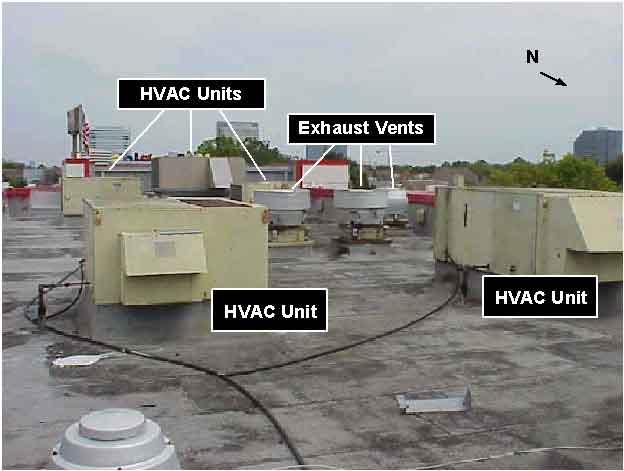Climate Controls, Plumbing & Communications: Mechanical and electrical engineers are responsible for ensuring the building becomes inhabitable on schedule. This includes the completion of the plumbing, HVAC and electrical systems for the building.

HVAC System: The heating, ventilation and air conditioning system is key to the building's comfort and functionality. Both temperature and humidity must be controlled simultaneously for the building to attain optional functionality. In a typical skyscraper, thousands of pounds of HVAC equipment and up to 20 miles of duct work can be necessary to accomplish these ends. Zoning control mechanisms and localized thermostats may also be used to attain optimal performance.

Plumbing Systems: The old saying in the construction industry is that "Heating and cooling is a luxury, but plumbing is essential." Without proper plumbing operations, significant health concerns arise quickly and a building will not be allowed to be occupied. This is especially true in a skyscraper, which has a population, during regular business hours, that can rival that of small cities. Plumbing system components generally include pipes, sinks, toilets, faucets and pumps. Pressurized water pipes are needed to defeat gravity and deliver water to the floors where it is needed. A waste water system drains sewage and used water away from the building, usually delivering it to municipal systems that the building ties into below ground. It is not unusual for a skyscraper to contain 700+ toilets and urinals and 450+ faucets. Approximately 50 miles of pipe is needed to operate a skyscraper's plumbing system. Typical skyscraper water useage approaches 15 million gallons a year, although low flow toilets and sensor controlled sinks can be used to reduce this useage.
Arteries for Electricity: Approximately one-third of all electricity consumed in the United States is used by large buildings such as skyscrapers. To supply electricity to a skyscraper electric vaults with transformers, resistors, breakers and fuses are needed. The electric load comes into the transformers in the vaults at 34,500 volts and is converted down to a more useable 480 volts before being sent from the electric vaults to electric rooms on each floor. The electric rooms are the nerve center of each floor's electric distribution and contain conduit, wires, circuit panels, breakers and wall sockets. In addition to electricity, conduits are run for data and voice communications equipment. In all, approximately 1.5 million feet of data cable and 20,000 feet of voice cable are needed to support business operations in a skyscraper.
This is such a great resource that you are providing and you give it away for free. I love seeing blog that understand the value. Im glad to have found this post as its such an interesting one! I am always on the lookout for quality posts and articles so i suppose im lucky to have found this! I hope you will be adding more in the future...
ReplyDeleteair conditioning repair tampa